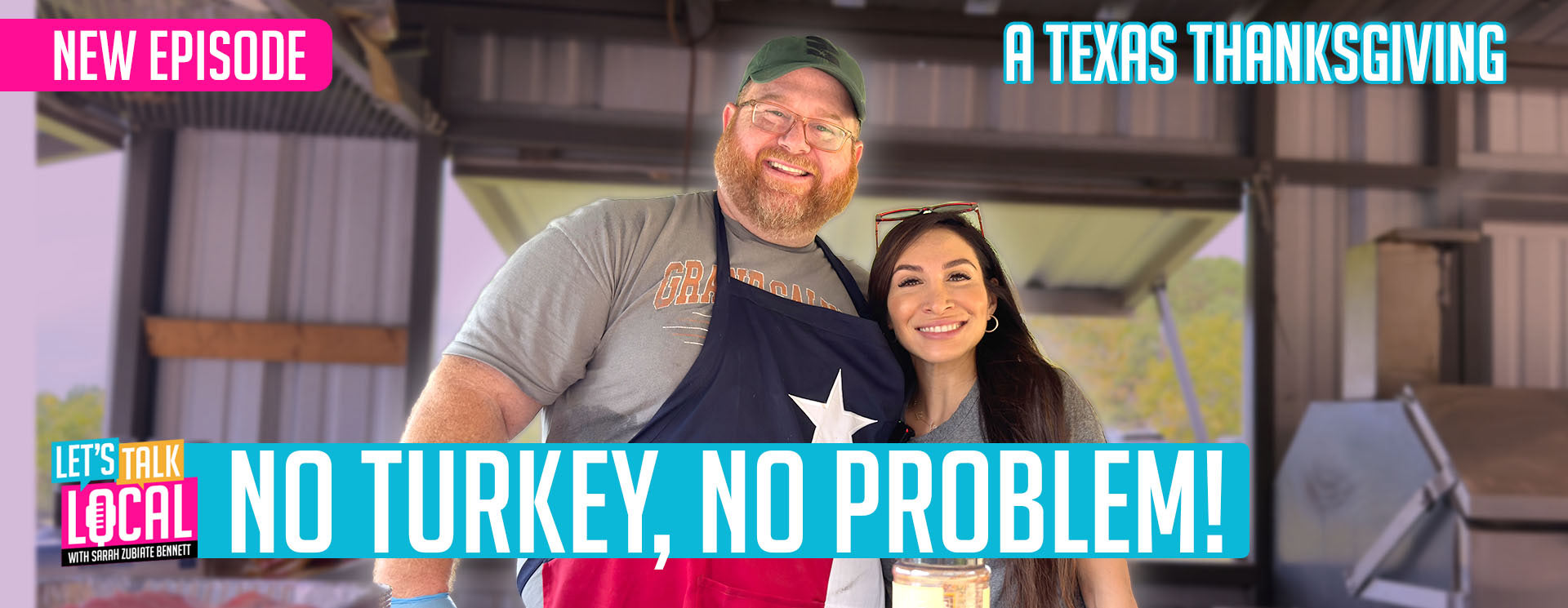For generations, owning a home has symbolized stability and success in the United States. But in 2025, skyrocketing home prices, stagnant wage growth, and stricter lending standards are making that dream increasingly unattainable for millions.
A new report, which draws on data from the Federal Reserve Economic Data (FRED) database, the U.S. Department of Housing and Urban Development (HUD), the U.S. Census Bureau, and Zillow, highlights a growing affordability gap.
Since 2000, median U.S. home prices have surged 197%, from $119,730 to $356,002, while median household income has risen only 40%, from $70,020 to $97,800.
“Accounting for the changes in both income and home prices, buying a home today is more than twice as expensive as it was in 2000 in relative terms,” the report said.
The cost of a standard 20% down payment underscores the challenge. In 2000, a $23,946 down payment on a $119,730 home equated to 34% of the median household income. Today, a $71,065 down payment on a $355,328 home represents 73% of median income, forcing first-time buyers to save twice as long to avoid private mortgage insurance (PMI) and stay competitive in a low-inventory, seller-driven market.
“Sellers take many factors into account when deciding on an offer, but many look for higher down payments, which suggest a strong offer that’s less likely to fall through,” the report noted.
Mortgage rates offer some relief, averaging 7.09% for a 30-year conventional loan in 2025, compared to 8.08% in 2000. However, higher home prices mean larger loans, driving up monthly payments.
In 2000, a 30-year mortgage with a 20% down payment resulted in a $708 monthly payment or 12.14% of median household income. Today, that payment is $1,908, consuming 23.65% of income — 2.7 times higher than 25 years ago.
Tighter lending standards since the 2008 housing crash further complicate matters. Higher credit score requirements and stricter debt-to-income ratios aim to reduce foreclosures but make qualifying for a mortgage harder.
“While these are generally positive changes that will help ensure homebuyers can actually afford to make their monthly payments and reduce the foreclosure rate, they also make purchasing a home more challenging,” the report added.
Low housing inventory exacerbates the crisis.
Homeowners, facing high prices and mortgage rates, are reluctant to sell, while investor purchases — up 81.3% from 109,027 homes in 2000 to 197,676 in 2024, per Redfin—reduce available stock. In 2024, 17.1% of homes sold went to investors, who often prioritize rentals or tax benefits, further driving up prices and rents.
Regional disparities are stark. Hawaii, California, Washington, D.C., Maine, and Idaho have the highest price-to-income ratios, often exceeding 5, while West Virginia, Iowa, Kansas, Mississippi, and Ohio remain more affordable, with ratios between 2.2 and 2.5. Still, even in these states, the affordability gap has widened since 2000, when the national ratio was 1.72. Texas falls in the midrange, with a price-to-income ratio of 3.3.
Government incentives, such as FHA loans requiring only 3.5% down ($12,500 on today’s median home), VA loans, and USDA loans, offer some relief, but higher loan amounts increase monthly payments, potentially disqualifying buyers with high payment-to-income ratios.
In early 2025, President Donald Trump signed an executive order to address the crisis. The order aimed to expand affordable housing on federal land and reduce construction costs by 25% through loosened regulations.
“Whether or not that plan will work remains to be seen, but it’s at least a good sign that the federal government is aware of and working to address the housing affordability problem,” the report said.
With home value increases outpacing income growth by nearly 500% since 2000, experts suggest that even if mortgage rates drop to historic lows, monthly payments will remain a significant burden.
Buyer rebates and cash rewards are emerging, but without systemic changes, homeownership in 2025 demands unprecedented income, savings, and financial discipline.


